Replacing your toilet can greatly improve both the workability and look of your bathroom. Older toilets are also known to consume a lot of water in the process and are more likely to break down. With the help of newer models that are more efficient, it is easier to conserve water, lower the utility bills and even increase the style of the bathroom. Today's toilets are equipped with numerous features that increase comfort, cleanliness, and convenience, making them a worthwhile addition to any home.
If you want to fix a broken toilet, update an outdated design or just desire the benefits of a newer, more energy-friendly and efficient toilet then learning how to change a toilet can be the key to changing your space. In this blog, we’ll discuss why it’s important to consider replacing your current toilet and provide you with step by step instructions on how to choose and install a new toilet that will meet all of your needs.
Learning how to change a toilet enhances your ability to perform this fundamental job which will help you enhance both the look and use of your bathroom.

Why Change Your Toilet?
Old toilets are not only inefficient water drinkers but also very prone to breaking. New toilets are far more efficient in water usage and are more effective. It also gives your bathroom a rather nice and new look. Getting a new toilet means you get one that might suit your space better. You can select one that is comfortable to sit on. Some are higher or more compact than others for this reason. This is because, they help in saving water and also making the cleaning process easier. It is useful to learn how to change a toilet so that you can improve your bathroom more effectively.
Outdated Toilet Models
Some traditional toilets are not very efficient in their water usage. They can consume as much as 7 gallons per flush. Currently, there is a new legislation that requires all new toilets to use 1.6 gallons or less per flush. So, this means that all the older toilets are wasteful and, hence, a waste of money. Older toilets may not be compatible with the current bathroom decor. They are usually large and clumsy as compared to the newer and more sophisticated models. If you are interested in learning how to change a toilet then updating from an old model will also help in conserving water and energy. Now, let’s discuss faulty toilets and the need to repair them.
Malfunctioning Toilets
Good old-fashioned toilets, or those just plain not functioning right. A failing toilet can be quite an annoyance in your home. Gouged by problems of a toilet that does not flush properly or one that leaks water, we incur unnecessary water waste and higher utility bills. It can also lead to some serious damage to your floor and walls in the long run.
It is quite helpful to learn how to change a toilet to solve these issues by installing a new reliable toilet. It is beneficial to address these issues to ensure that your bathroom does not get into a terrible state. If you hear some strange noises or see some water accumulation near the toilet, it may be high time to repair or replace it. You could upgrade and address the issues and even improve the features of your bathroom!
Upgrading Comfort and Technology
Old toilets can be uncomfortable and use a lot of water. New toilets offer better seats and save more water. They have features like heated seats, automatic flushing, and built-in bidets. This upgrade means you use less water per flush. It's good for the environment and your wallet. Installing a modern toilet changes your bathroom experience. You get a cleaner feel with advanced cleaning functions. Some even have lights for nighttime use. These upgrades make using the bathroom easier and more pleasant. If you're wondering how to change a toilet, upgrading to a modern one will provide you with a more comfortable and eco-friendly experience.
How to Change a Toilet?
Assessing Your Bathroom Needs
Figuring out what you need in your bathroom is key. Think about the space you have. Is it big or small? This helps decide if a compact or standard toilet is best. Also, measure the distance from the wall to where the bolts are on the floor. It's called rough-in size and usually is 10 or 12 inches. The height of the toilet matters too for comfort.
Next, consider how much water a toilet uses and if it has modern features like dual flush. You also want to think about design and if it's good for the environment. All these details help choose the right toilet that fits your needs and makes your bathroom work better for you. Knowing how to change a toilet can make the process much smoother.
Space Considerations
The first step in how to change a toilet successfully is making sure there's enough space in your bathroom. It is also important to have enough space to make the change comfortably and to be able to move and work well during the installation process.
Compact toilet
A compact toilet is great for small bathrooms. It uses less space than a standard toilet. This type of toilet comes in designs that fit well in tight spots. Many people choose it for places where space is limited. Compact toilets can also save water. They often have dual flush options. This means you can use less water to flush liquids and more for solids. It's good for the environment and your water bill too.
Standard toilet
A standard toilet is a good fit for most bathrooms. It usually needs 12 inches from the wall to the center of the flange. This size makes it easy to find and replace when needed. Most homes have this type because it works well in different spaces. This kind of toilet comes in many styles and colors. You can pick a design that matches your bathroom easily. It's also easier to install than other types, making it a popular choice for DIY plumbing projects, especially when you know how to change a toilet.

Rough-In Size
Rough in size is the space between the wall and the centre of the toilet's floor drain. It is crucial when changing a toilet since selecting the right rough in size will ensure that your new toilet fits the space perfectly. Let’s break it down:
10 Inch
A 10-inch rough-in size is for smaller bathrooms. This means the space from the wall to the toilet bolts is 10 inches. It helps save room. Not all toilets fit this size, so you must check before buying. Choosing a 10-inch rough-in toilet can be tricky. You need to make sure your new toilet matches this measure. If not, it won't fit right in your bathroom space. Always measure first to avoid mistakes during installation. Want to find 10 inch smart toilets? See HOROW’s T37. Knowing how to change a toilet ensures you avoid mistakes like this.
12 Inch
From the 10-inch rough in, 12 inch is more frequent in new homes. This size is ideal for standard spaces. It provides you with more choices when it comes to toilet styles and designs. Many people select this because it is compatible with most bathrooms. You will discover many toilets with contemporary features that require this space. This size also makes it easier to replace a new toilet as well. You can select from environmentally friendly models or those that are water-saving. There is a wide collection of products from almost all brands within this range. Therefore, if your bathroom permits, a 12-inch rough-in may be the ideal choice for either an upgrade or installation.
Height and Comfort
Choosing the right toilet height is crucial for comfort. Most people find a specific height suits them best. Let's look at two main options.
Stand Height
Toilets come in different heights. Stand height toilets are less than 17 inches from the ground to the seat. This size is common in many homes. It works well for kids and shorter adults.
Comfort Height
Moving from standard height toilets, there’s another option: comfort height. These toilets stand taller than the usual ones. They are about 17 to 19 inches high, similar to chair seats. This makes sitting down and getting up easier for most adults. People with mobility issues find these toilets helpful. They reduce strain on the legs and back. Older adults and those with disabilities prefer them for this reason. Comfort height toilets also have modern designs that can upgrade a bathroom's look while improving ease of use. When you understand how to change a toilet, you can make sure you choose a model that meets all your comfort needs.
Choosing the Right Toilet for Your Needs
It’s not just about appearance when selecting the perfect toilet. The first factor you should consider is water efficiency because new toilets use less water per flush which means you save money and help the environment. This is where you need to consider modern features. Some toilets are designed with dual flush options or with special coatings to reduce the cleaning frequency. Also, the design plays a role; it should match with the look of your bathroom and also for your comfort. And don’t forget eco-friendly options! Today’s models are created with the environment in mind and are designed to use less water and contain sustainable materials.
Choosing this option is beneficial for both the planet and your upcoming utility statements. So when you are in the market for upgrading or installing a new toilet, these are the factors that will help you make the right decision for your home and lifestyle. You should know how to change a toilet to select the most suitable one for your area and requirements.
Water Efficiency
Choosing toilets that save water is smart. These toilets use less water for each flush. This helps the environment and cuts your water bill. Some new models only use 1.28 gallons per flush, such as HOROW toilets, compared to older ones that use up to 3.5 gallons. Look for labels like WaterSense, as these meet EPA guidelines for efficiency. Understanding how to change a toilet can help you select one that offers the best water-saving features.
Modern Features
Modern toilets exhibit several cool features. One more reason to buy HOROW toilets is that they are able to reduce water consumption, which is good for the environment and your wallet. You can find models that can flush with as little as 0.5 gallons of water yet still remove everything. The HOROW also has dual flush options to control amount of water used in each flush. Smartness and comfort are also something that toilets can now provide for your bathroom. They could have heated seats, built-in night lights, or slowly closing lids to prevent slamming.
You should consider getting a toilet with such modern features to enhance your bathroom experience. When learning how to change a toilet these features can be part of your upgrade plan to make the process easier and more enjoyable.

Toilet Design
Moving from modern features, the design of a toilet plays a huge role in your bathroom. You can choose between different shapes and sizes. Some toilets are round, which saves space. Others are elongated for more comfort. The color of the toilet also matters. Most people pick white because it looks clean. The look of your toilet can make your bathroom feel new or old. You will find one-piece or two-piece toilets too. One piece is easier to clean, but two-piece might cost less. Think about what design fits best in your space and matches your style. Knowing how to change a toilet allows you to pick the right design for your bathroom's aesthetic and functionality.
Eco-Friendly Considerations
The search for a new toilet requires consideration of the health of our planet. HOROW toilets now use less water per flush. This is not only good for the environment, but also good for your wallet as less water means less expensive bills. Some models even have dual flush options. It is a button that uses less water for liquid waste and another button for more water for solid waste.
It is also a good idea to look for toilets with the WaterSense label. They meet strict EPA guidelines and are set to use no more than 1.28 gallons per flush. If you are not sure how to change a toilet, then looking for eco-friendly models is a good place to start.
Tools and Materials You’ll Need
After choosing eco-friendly options for your bathroom now you have to gather the tools and materials you need to replace your toilet. Now is the time to gather all the requirements for a DIY plumbing project. Here’s a list of what you’ll need:
- Adjustable wrench: Use this to loosen and tighten nuts and bolts.
- Plunger: Helps clear the old toilet of water.
- Sponge and bucket: For cleaning up any remaining water.
- Screwdriver: You'll need this to remove the mounting bolts.
- Putty knife: This tool helps remove old wax from the flange.
- Wax ring: Essential for sealing the new toilet to the drain pipe.
- Towels or rags: Handy for cleaning up spills and drips.
- New water supply line: In case the old one doesn't fit or is worn out.
- Toilet seat: Most new toilets don't come with a seat, so you'll likely need one.
- Level: To make sure your toilet sits flat and even on the floor.
- Hacksaw: Use this if you need to trim any bolts for size.
Once you have these materials, you’ll be ready to tackle the task of learning how to change a toilet efficiently.
Removing the Old Toilet
Learning how to change a toilet is a crucial decision for anyone looking to improve their bathroom. Taking out the old toilet can enhance the look of your room and also help conserve water. Below are the steps to follow when removing the old toilet.
- Turn off the water supply to the toilet. This is usually a valve near the floor, behind or beside the toilet.
- Flush the toilet. Hold down the handle to empty as much water from the tank and bowl as possible.
- Soak up remaining water with a sponge or towel from both the tank and bowl.
- Disconnect the water supply line from the bottom of the tank. Use adjustable pliers if it’s tight.
- Remove the lids from the tank. Lift them straight up and set them aside carefully; they're fragile.
- Unscrew bolts that connect the tank to the bowl, usually found inside the tank at its bottom.
- Lift off the tank from the bowl. Move it away to have more space to work on removing the bowl.
- Find caps covering bolts at the base of the toilet bowl on each side, remove these caps.
- Unscrew nuts holding down these bolts with an adjustable wrench or pliers if necessary.
- Rock back and forth gently on top of bath towels placed around the toilet base for protection until dislodged.
- Disconnect the old flange from the floor using a pry bar.
- If a wax ring was used, scrape off any residue remaining on the flange area.
- Carefully lift away the old toilet base.
- Now, you’re ready for installing a new toilet!
Installing the New Toilet
A small change that can make a big difference in the bathroom. It is a job that can be done with some basic tools and a bit of patience. Knowing how to change a toilet helps to prevent leaks and other problems during and after installation.
- Check the closet flange for damage. This piece holds your toilet to the floor.
- Place a new wax ring on the closet flange. This seals the gap between the toilet and plumbing.
- Lower the new toilet onto the wax ring carefully. Make sure it's straight.
- Press down on the toilet to set it in place. Do this gently to avoid damaging the seal.
- Put on the washers and nuts onto the bolts. Tighten them, but not too much.
- Attach the water supply line back to the toilet tank.
- Open the water valve to fill up the tank.
- Flush the toilet a few times to check for leaks around it.
- If there are no leaks, put on the toilet seat by attaching it with bolts.
- Finally, caulk around the base of your toilet if needed, but leave a small gap in back for any leaks to show.
By following these steps you will ensure that you install your new toilet the right way and will not vibrate or misalign it which will prevent leaks or damage in the future. It is important to learn how to change a toilet correctly so you can make sure your new toilet will run smoothly and will also last longer.
How to Troubleshoot and Ensure Proper Functioning
Despite the fact that you know how to change a toilet, you may experience some problems that will affect its performance. Here are some ways you can troubleshoot and ensure that everything is in order.
Flushing Efficiency
Modern toilets are designed to be water efficient, yet they have a strong flush. However, if your toilet is not flushing as well as it should, there are a few things you can look at:
- Partial flushes – If one flush does not remove waste properly check the water level in the tank. This will help ensure that the tank reaches the proper recommended water level.
- Weak flush – The rim holes or jet hole at the bottom of the bowl may be blocked with mineral deposits. Clean with a brush and mild cleaner.
- Multiple flushes needed – If the waste remains after flushing then it could be due to a low-flow design or partial clog. Use a plunger or drain cleaner to clear any blockages.
Water Leaks
- Base leaks – If you get water leaking around the base then it may be that the wax ring has not been properly sealed. This may mean that you have to take the toilet off and put a new wax ring on.
- Tank leaks – Make sure there’s no water leaking from tank to bowl connection. Loosen the bolts slowly as over tightening may cause the porcelain to crack.
- Supply line leaks—If you get water leaking from around the connection between the supply hose and tank, see if you can stop the leak by tightening the connection a little. This should fix the problem and keep the leak from continuing.
Leaks can cause water waste and also damage your bathroom floor. Here are how you can detect and repair them:
Comfort Check
A toilet should be both functional and comfortable. Here’s what to assess:
Seat height – Standard toilets are 15 inches tall but comfort height toilets are 17-19 inches which makes them easier to use for taller people or those with mobility issues.
Seat shape – Round bowls are space saving while elongated bowls are more comfortable. Select one that is most appropriate for you.
Stability – Sit on the toilet and see if it wobbles. If it does, then the mounting bolts may require tightening, or the floor may be level. If the floor is even then shims under the toilet base can help to stabilize it.
Noise levels – If the toilet is very loud after flushing then you can adjust the fill valve or replace the seat with a quiet close seat.
Through the solution of these problems, you will be able to make sure that your new toilet works as it should, has no leaks and will give you the best comfort while using it. It is important to know how to change a toilet and solve these problems in order to make your bathroom easier to maintain.
FAQs
1. How to change a toilet?
You will need to start by taking off the one you have which means turning off the water supply, flushing out what remains and unscrewing it from its base. Next, get your new one ready by following the manufacturer's instructions to assemble every part required... After that, put it in the position of the old one, and make sure it is properly seated.
2. Can any type of new toilet replace my old one?
Well, not necessarily... Always measure your bathroom space before purchasing a replacement; ensure that the rough-in distance—the gap between wall and drain hole—matches with your new model.
3. What should I look for when choosing a toilet?
When choosing a toilet, consider the water efficiency (look for WaterSense certification), the design and comfort (height, shape, stability), and any modern features (heated seats, slow-closing lids, etc.). You should also make sure the toilet fits the space in your bathroom.
4. Can a modern toilet help save on my water bill?
Absolutely! Modern toilets are designed to use less water, with some models using as little as 1.28 gallons per flush. This is significantly less than older toilets, which can use up to 3.5 gallons per flush, helping you save on your water bill.
5. Is professional help needed to change toilets or can I do it myself?
Hiring professionals will take care of the job and ensure safety, but changing toilets is most definitely a DIY project! However remember: If you are in any doubt at any time during the installation process then it is probably best to call in the experts.

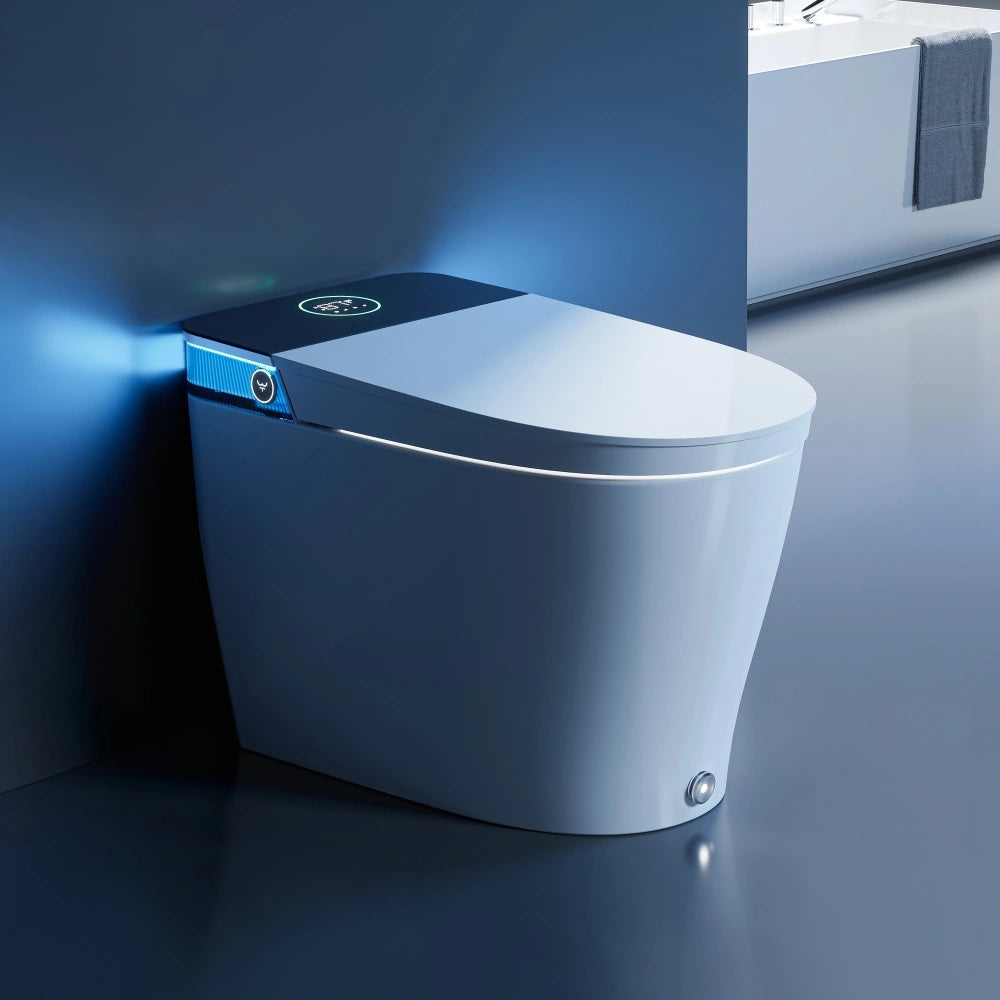
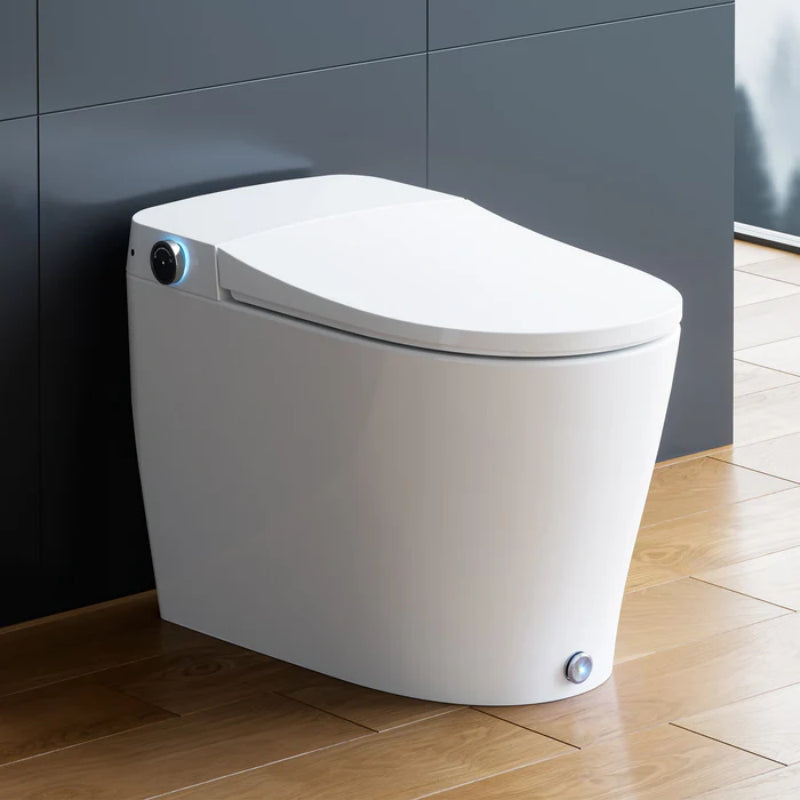
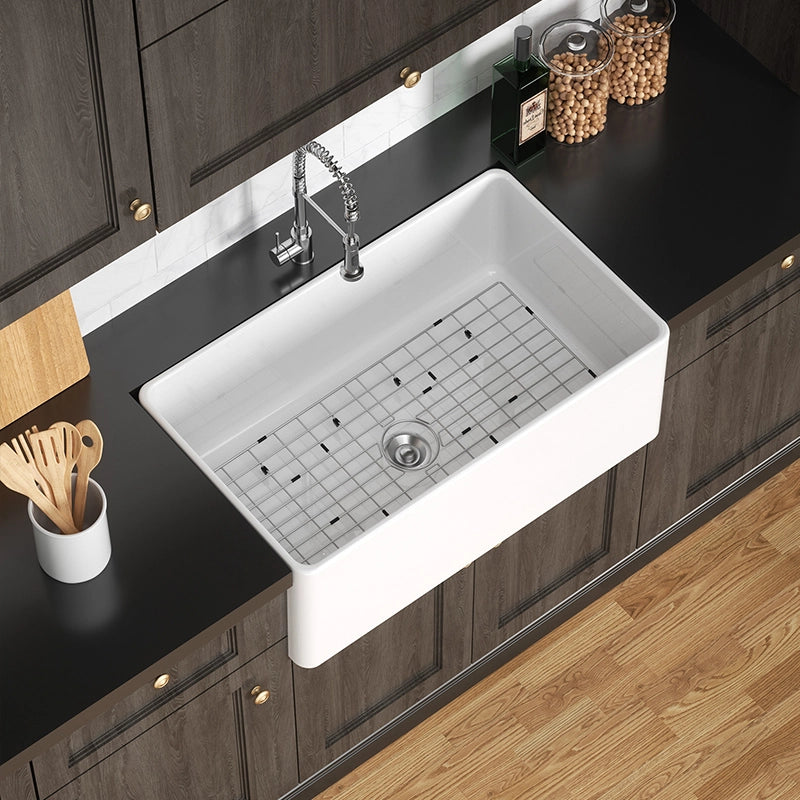
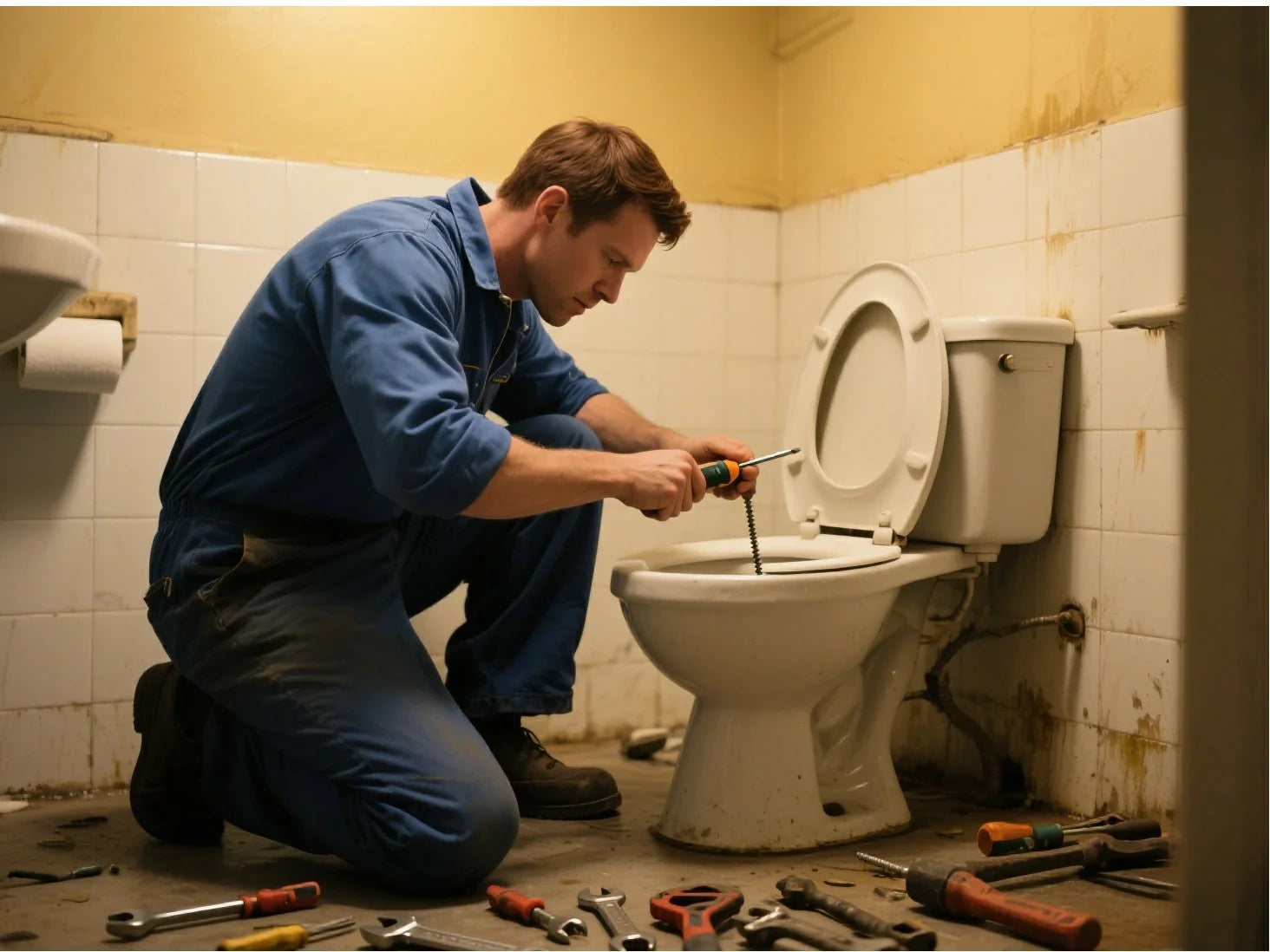
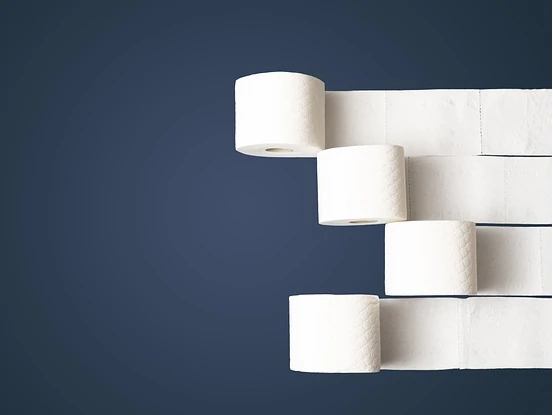
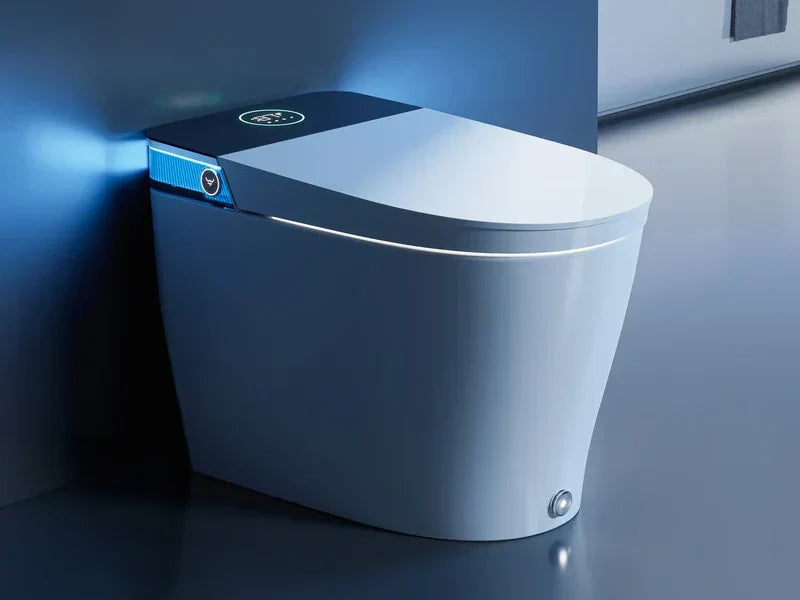

Leave a comment
This site is protected by hCaptcha and the hCaptcha Privacy Policy and Terms of Service apply.